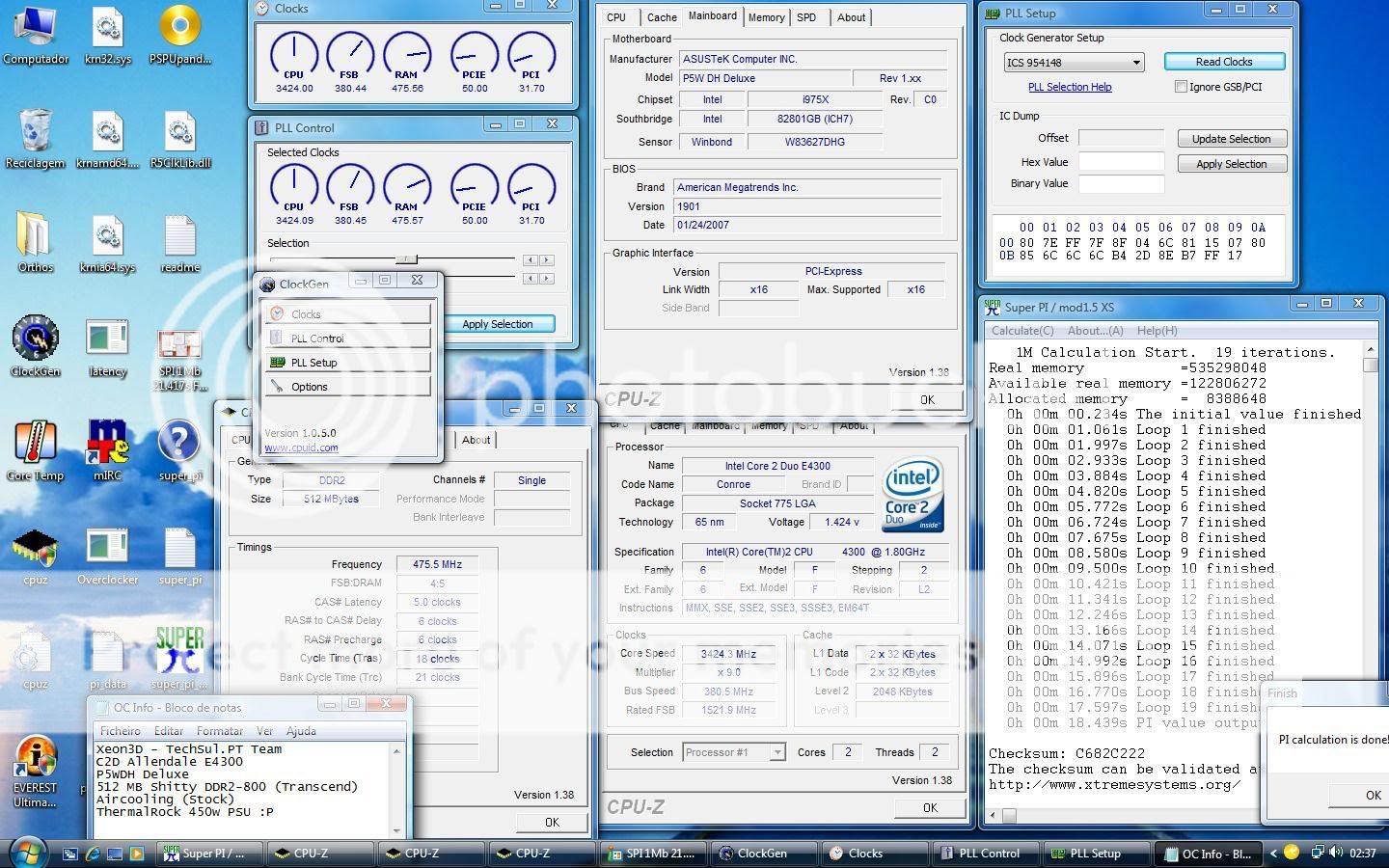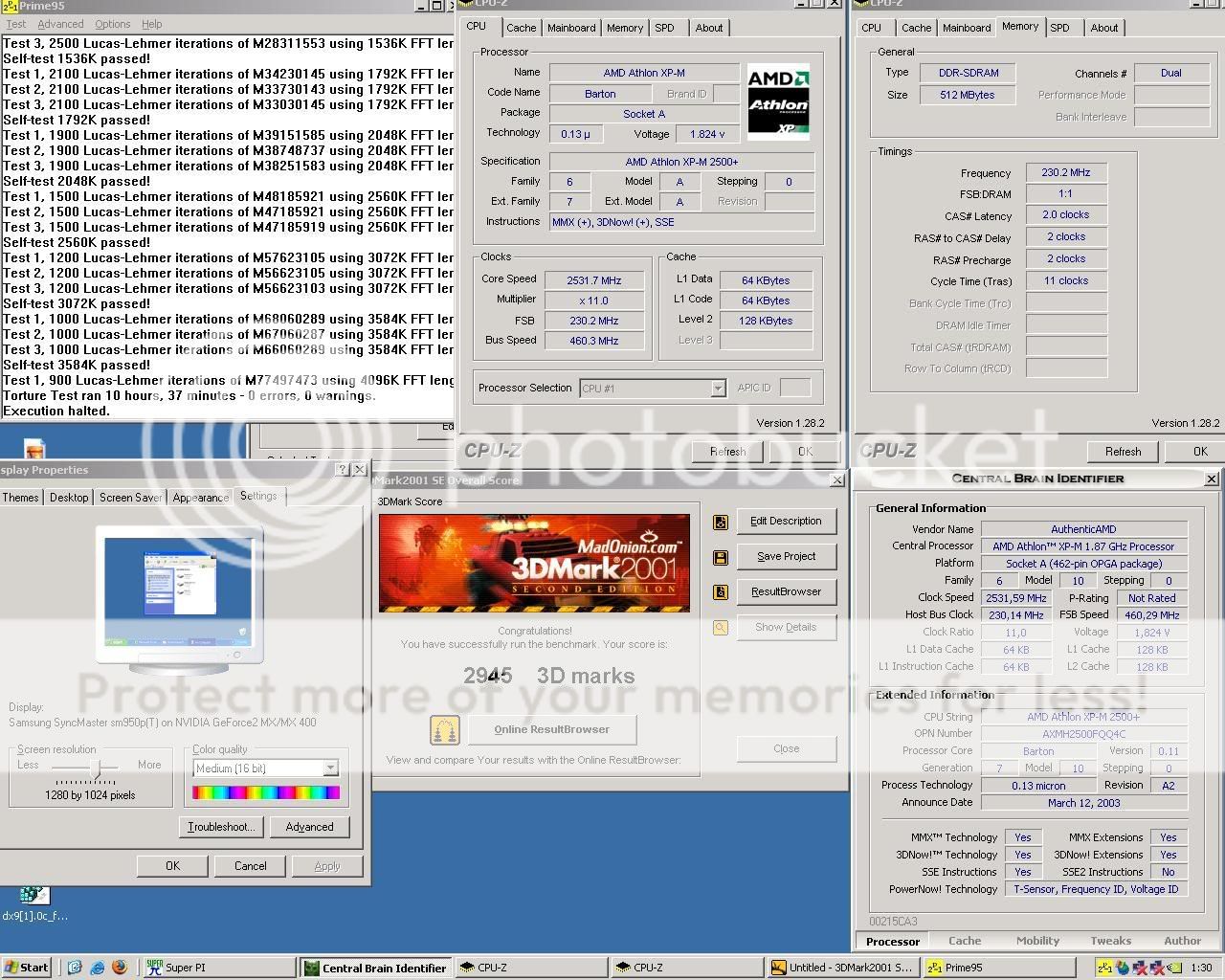Another interesting point would be how much fun is tweaking and overclocking the hardcore way and how many more CPUs and motherboards and video cards we have bought due to failures.
I think AMD did good for allowing us to overclock its CPU series the hardcore way. Back in 1999 i had bought a week 52 Dresden fab Athlon slot A 550 MHz with an actual 750 MHz 0.25 micron unreleased core.
I had it overclocked since first day to 900 MHz which works until today. It was the days with the Goldfinger devices. Later on I overclocked it to 1 GHz only to find out it would not post on my Epox K7XA motherboard, the first KX133 motherboard. I thought the CPU was busted so I bought a 900 MHz CPU only to find out it was a 1 GHz Thunderbird core inside it. Again no post in my Epox. I had to buy a compatible 1 GHz AMD 750 motherboard as I did only to find out that my first CPU was also working.
Later on I bought an FIC motherboard and then a Biostar, both of which I had sold with "testing CPUs" but I kept a remaining MSI K7VM.
To conclude, my low-priced 550 MHz lead me to 900 MHz around 1999 which was a miracle... I still have the Globalwin VOS38 heatsink.... and later on my 1 GHz lust cost me 5 new CPUs , two of which I had sold as second hand and 5 motherboards... speaking of, I think i had destroyed one or two CPUs trying and testing.
Oh boy, I paid a lot for that 1 GHz barrier before Intel could do it. But it was a lot of fun, so much that I always prefer and suggest AMD for the fun side of computing. Also let us not forget the unlocked Barton 2500XPS converted to 2800MPS overclocked to 3 GHz....
Oh boy, I destroyed one new 2500XP trying to blow the bridges with the 12V power supply shortage. That XP to MP story cost me... one Gigabyte dual MPX motherboard , and one IWill MPX2, one Tyan S2668 , two 2800 mobiles and two original 2800MPS and of course to try to find a third unlocked Barton 2500XP.
Oh boy, I just remembered the 4X Thermaltake Tower 112 full copper heatsinks...
Oh boy, if only I could have been an Intel fan... but no... I would join this hardcore computing again and again.
For sure, overclocking with warranty voided tactics gave a financial boost to AMD and I guess Ryzen is here as a result. If there would be no AMD venture, we would be cruising at Tualatin's blazing speeds by now, P4 technology would be the new puppy in the industry. Vive AMD!
Iwill ZmaxDP
Arima4way
Tyan s2885
Iwill MPX2
Gigabyte GA-7DPXDW+
Compaq SP700
Compaq ml350







